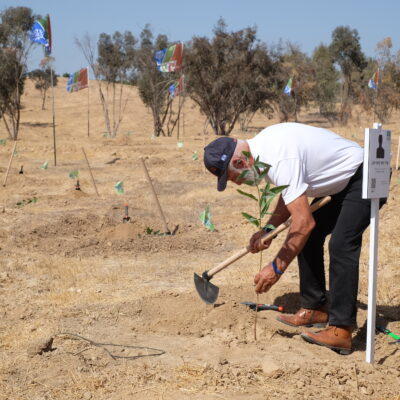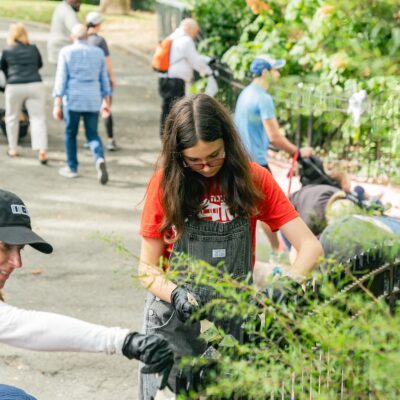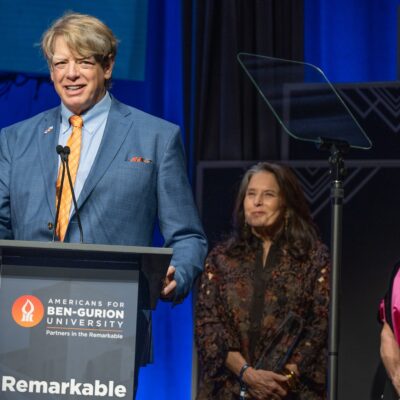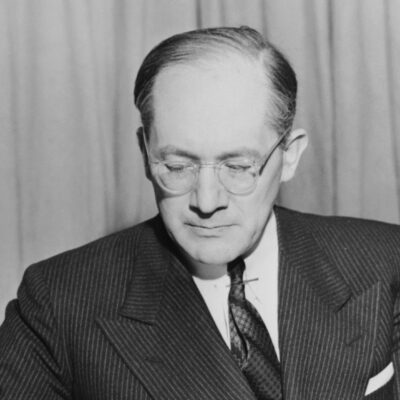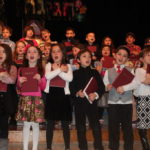Redefining Jewish Education: Federations’ Goals for a New Century

By Ann Pava
In the Old City of Jerusalem a 24 year old wanders the streets without a group for the first time. On MASA, she has an opportunity to build her autonomy, confidence, and competence, all along ancient Jewish streets.
Young children climb fallen logs with support of local Jewish preschool teachers, as parents have a chance together to breathe and to expand their community. Family camp is at one time time outdoors, vacation, Jewish immersion, and a bridge to Jewish preschool.
Ben rides the afternoon school bus daily with his teenage madrich and four other kids from his elementary school. At their after-school Hebrew program, they have snack and recess, do crafts related to Hebrew letters, and explore the Torah portion or holidays with Legos. They also spend some time doing their school homework, like their friends do at their aftercare programs. Pickup happens when parents need it to. It feels like after school, maybe even day camp, but not Hebrew school.
Twenty-somethings gather across the community for Shabbat dinner. Some play music and scatter across sofas. Some argue vociferously about the Torah portion, using materials provided by OneTable and Repair the World. Each table reflects the personalities of those around it, and each table reflects the ancient tradition that brings everyone together.
As noted by Jonathan Sarna (relying on concepts developed by John Dewey), throughout its history, Jewish education in North America primarily focused intentionally on knowledge acquisition (prayer and Torah literacy). Living Jewishly – the how-to of holidays and rituals, of faith and communal obligation – came only incidentally, the result of merely living in Jewish community. But religious practice and ethnic tribalism have shifted in recent decades. Larger culture now challenges rather than reinforces Jewish living; the incidentals of Jewish living have disappeared for most. Intentional Jewish education has become the only way most Jews can discover what it means to be Jewish. Today, and particularly when considering those living outside of commandedness (outside of God-centered halacha), a Jewish identity raises questions: Why be Jewish? What does Jewish community offer me and my family? What is the purpose of Jewish education? Should I marry a Jew – should I have a Jewish home? And (for some), what does it mean to live all of my religious and ethnic identities – where does being Jewish fit in? And so, Jewish education has transformed to address these questions in a truly diverse and multifaceted landscape of opportunity, for varied ages and stages, happening across settings and around the world.
Jewish federations launched with a focus on the vast human service needs of an immigrant population and in support of Israel and global Jewry. Soon after, Jewish education also received support from Jewish federations, although its leaders could sometimes feel as though they were last priority. But as Jews and Jewish life have changed and as Jewish education has transformed, so have Federation priorities.
Today, Jewish education and engagement is the cornerstone of federation work. Across the federated system, about 32% of federation funding is spent on Jewish education and engagement, an individual federation’s spending can range from 25% to 85%, and the smaller the federation, the more likely it is to spend more of its resources on Jewish education and engagement.
There is also breadth to federation spending. Of the approximately $380 million spent on Jewish education and engagement annually, 24% – about $90 million – is directed towards day school education. The other 75% of the funding supports teens’ experiences, adult learning, Hillel and other campus programs, family engagement, synagogues and camps, the inclusion of those with special needs, welcoming newcomers to communities, and much, much more. Involving communal partners or the direct initiative of a federation, the work on the ground is broad in scope and nuanced in execution.
When Federations invest in education and engagement, they are really trying to do at least one of 10 things:
- Introduce people to Judaism, including Jewish community, Jewish organized community, and Federation.
- Help participants – students – understand the relevance of Judaism and Jewish tradition to their life. Help them to live more completely and be more fulfilled (to thrive) because Jewish tradition and wisdom are in their life.
- Help participants learn the stuff of Judaism, including building a mental framework for holding that stuff and then filling that framework. Help participants to wonder about but also wonder at Jewish ideas, to know what to know about Judaism and also how to get to know Judaism, to see patterns and key ideas in the tradition.
- Facilitate participants’ development of Jewish independence and confidence, helping participants to become powerful, competent, proactive Jewish adults.
- Immerse participants in Jewish places and communities, helping them develop connections to Jewish peers and the places they meet.
- Develop participants’ Jewish memories that can serve as a foundation for their lives, imprinting their senses of self with formative experiences and moments that happened with Jewish materials and in Jewish contexts.
- Help participants access God: Engage in, explore, and celebrate participants’ spirituality, using Jewish language and concepts.
- Live or exercise Jewish values with participants: Be in responsibility to the world (baal taschit) and in responsibility to each other and to community (chiuv and klal yisrael). Observe Shabbat, read Torah, make blessings and engage in other mitzvot.
- Better our world through participants’ family and individual engagement: with each other as they teach their children to be actors in the world, in service with community organizations, rooted in community and able to use the power of community to make change.
- Live in community, inclusive of those who have diverse opinions or ways of living, inclusive of those with different physical needs or learning needs, all integrated together for the betterment of all.
North American Jewish life is shifting. With a high intermarriage rate outside of Orthodoxy, and with the children of intermarried families now themselves intermarrying, we don’t know what the future of Judaism will be. There is uncertainty but also opportunity, limited only by our creativity and capacity to collaborate. With an interdependent network of partners, Jewish federations are strategically developing intentional education: experiences and opportunities to think about, explore, and otherwise do Jewish to fill the void of what once was incidental, to bring Judaism to life in our ultra-secular culture. Jewish education is no longer at the side but at the forefront of what we do. Through experiences and through relationships, through study and through doing, we connect and provide tools for people to raise engaged Jewish families and build Jewish communities of interdependence, warmth and joy.
Ann Pava is Chair of the JFNA Office of Education and Engagement.

 Add EJP on Google
Add EJP on Google